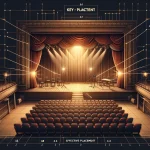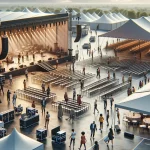Choosing the Right Tent for Your Event
Finding the Perfect Fit for Your Concert Vibe
Picture this: your audience mesmerized under the soft glow of festival lights, with a gorgeous tent perfectly encapsulating the energy of your event. Choosing the right tent is more than just about shelter—it’s about setting the scene for an unforgettable night.
Start by asking yourself: What’s the vibe? Are you going for a sleek, modern look or a relaxed, bohemian feel? A structured frame tent with clean lines might scream sophistication, while a billowing pole tent can bring that dreamy, open-air aesthetic. It’s almost like picking the perfect outfit—it needs to match the mood!
Now, let’s get practical. You’ll need to consider these essentials:
- Guest count and space: A smaller tent risks feeling cramped, while an oversized one could swallow the energy.
- Site layout: Is your venue grassy, paved, or somewhere in between? Choose a tent style that can be securely anchored.
- Weather preparedness: Is rain on the horizon? Consider options with sidewalls or reinforced roofing materials.
And don’t underestimate the drama of accessories! Clear tops for stargazing, vibrant draping, or even chandeliers can ensure your tent doesn’t just blend in—it dazzles.
Key Factors in Stage Design and Placement
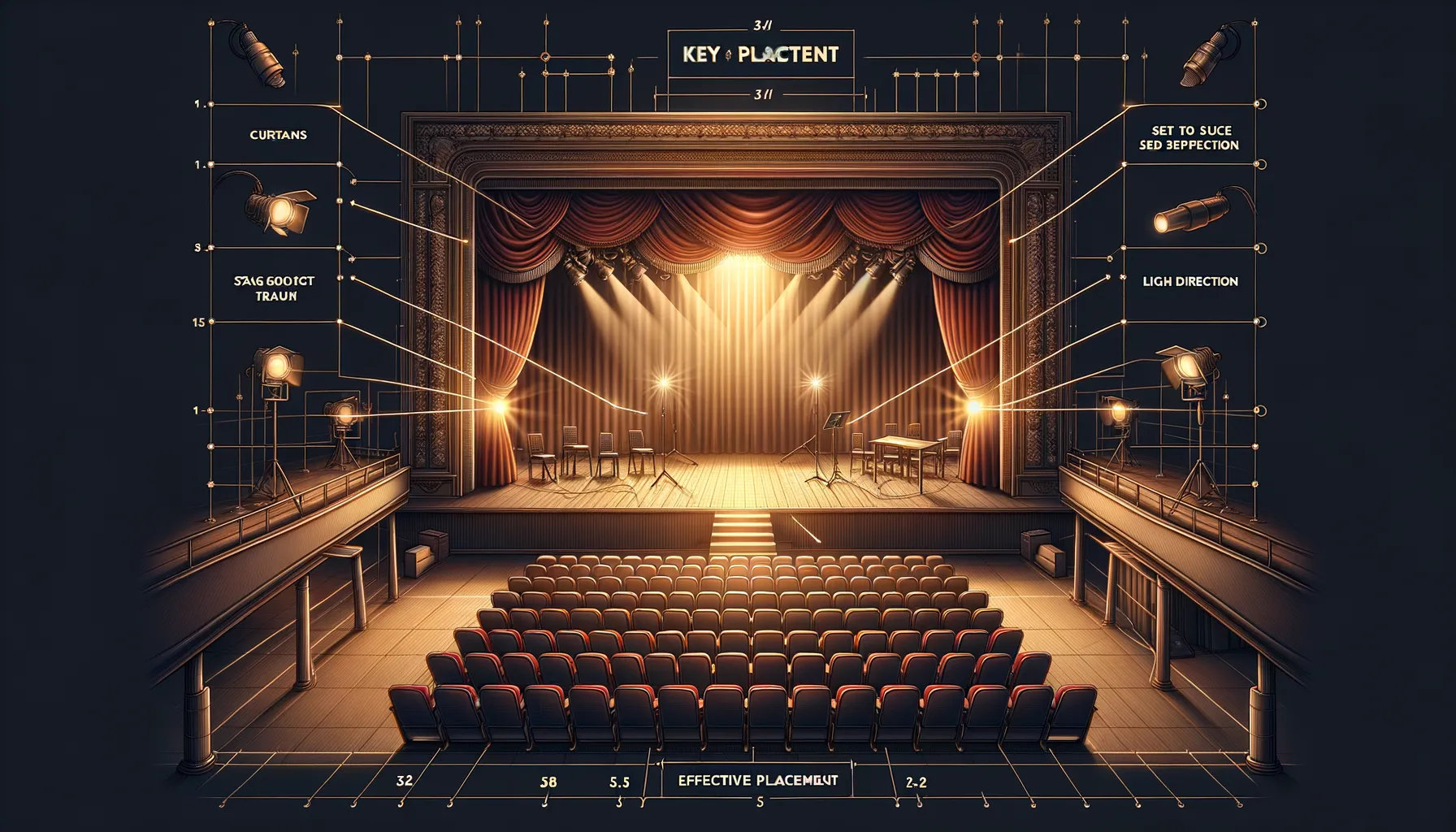
Where Art Meets Engineering: Designing Your Stage
Picture this: your audience is buzzing with anticipation, the sun setting just right, and then—boom!—the stage comes alive, a visual masterpiece as much as it is functional. That’s the magic of intentional stage design. It’s not just about plopping a platform in the middle of a field. Placement matters. Design matters. Every detail can either elevate the experience or create… well, chaos.
Want to nail it? Think audience perspective. Can everyone see? A slanted or tiered viewing area could save necks and enhance the vibe. Oh, and don’t forget backstage space for performers—it’s their sanctuary during the madness.
Strategic Placement: Beyond Convenience
Location is more than convenience; it’s about creating an immersive arena. Here’s what to consider:
- Natural Backdrops: Frame your stage with breathtaking views—trees, mountains, or even urban skylines add drama.
- Sunlight and Shadows: Check where and when the sun hits. Nobody wants to squint to see their favorite band.
- Traffic Flow: Organize paths for smooth pedestrian movement, avoiding bottlenecks near the stage.
Remember, your stage isn’t just a structure—it’s the heartbeat of your concert, the magnet pulling everyone together.
Weather Preparedness and Safety Measures
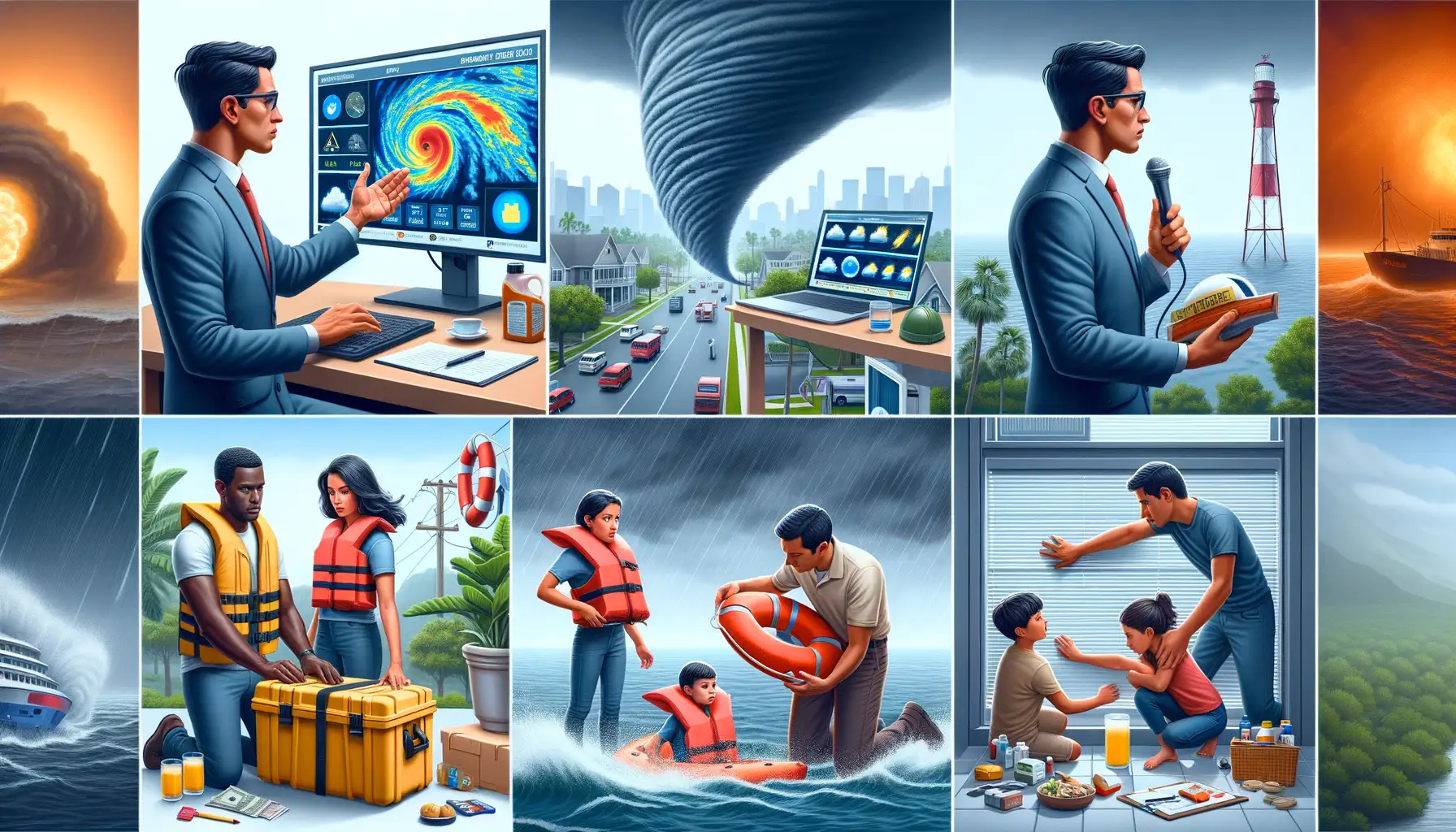
Bracing for the Unexpected
Imagine this: the bass is pumping, the crowd is swaying, and suddenly… a gust of wind threatens to turn your perfect concert into chaos. Weather can be the ultimate wildcard, but with the right measures, Mother Nature won’t steal the show.
First off, invest in a solid tent with proper anchoring systems. Don’t skimp here—those flimsy poles won’t hold up against 20 mph winds. And let’s talk rain: make sure your stage flooring is elevated. Nobody wants soggy equipment or performers slipping mid-set.
Keep an eagle eye on forecasts leading up to the big day, but don’t trust them blindly—pack contingency plans like you’re preparing for a surprise pop quiz.
- Have emergency ponchos ready for attendees if rain strikes.
- Equip your team with walkie-talkies for quick updates during sudden weather changes.
- Designate an evacuation route if extreme weather rolls in (yes, safety first!).
Stay Cool—Or Warm Depending on the Day
Concerts are about creating memories, not dealing with heatstroke or frostbite. For sweltering summer nights, consider industrial fans or misting systems to keep everyone cool. On chilly evenings, renting portable heaters can be a lifesaver—literally.
And don’t underestimate power! Backup generators aren’t just luxurious—they’re practically superheroes when storms knock out electricity. Trust us, the audience will thank you when the music never skips a beat.
Sound and Lighting Essentials for a Concert
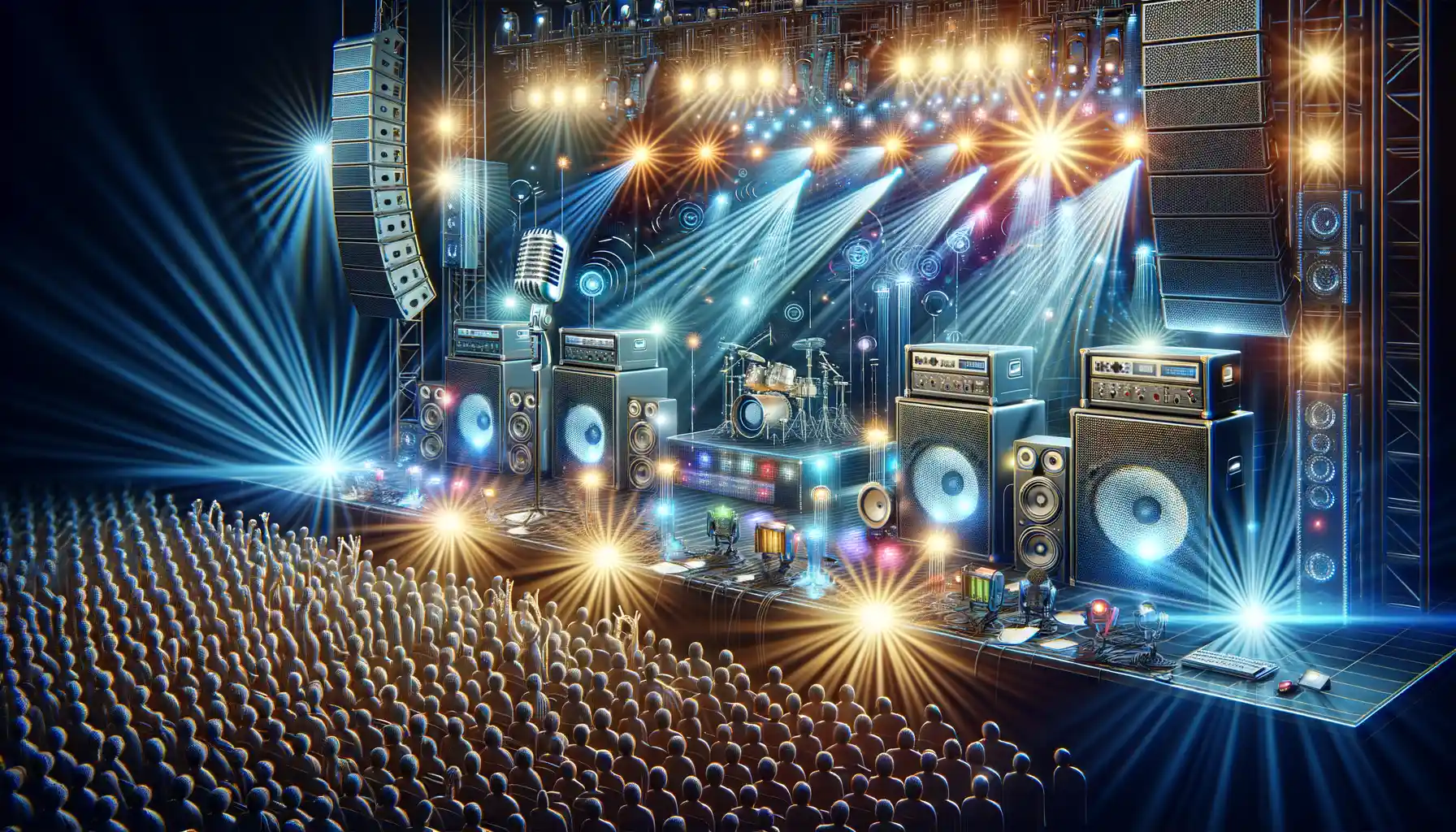
Creating an Immersive Sound Experience
Picture this: the crowd is buzzing, the lights dim, and then—BOOM—the first note hits. It’s not just music; it’s a full-body experience. That’s the magic of perfect sound engineering. To get there, start with a high-quality PA system that can handle the size of your venue. A small acoustic set in a corner tent? Go for compact speakers with a warm sound. A high-energy rock band on an open-air stage? You’ll need powerful amps and subwoofers to carry those deep bass notes straight to the audience’s chest.
Placement matters too! Keep those speakers angled correctly to avoid echo or dead zones. And don’t forget microphones tailored to different instruments—trust us, the snare drum deserves its moment.
Lighting That Sets the Mood
Lighting does more than illuminate—it tells the story. Want drama? Add some spotlights to zero in on soloists. For energy, use colorful LED washes that sync with the beat. Consider the time: is your event under the stars? Then string soft, glowing lights around the tent for a dreamy ambiance.
Pro tip: Always integrate movement! Strobes, gobos, or even a fog machine turn any stage into a spectacle. Don’t underestimate how much lighting impacts emotion. Goosebumps and cheers? They come as much from the glow as the guitar riff. Keep your audience dazzled.
Budgeting and Logistics Planning
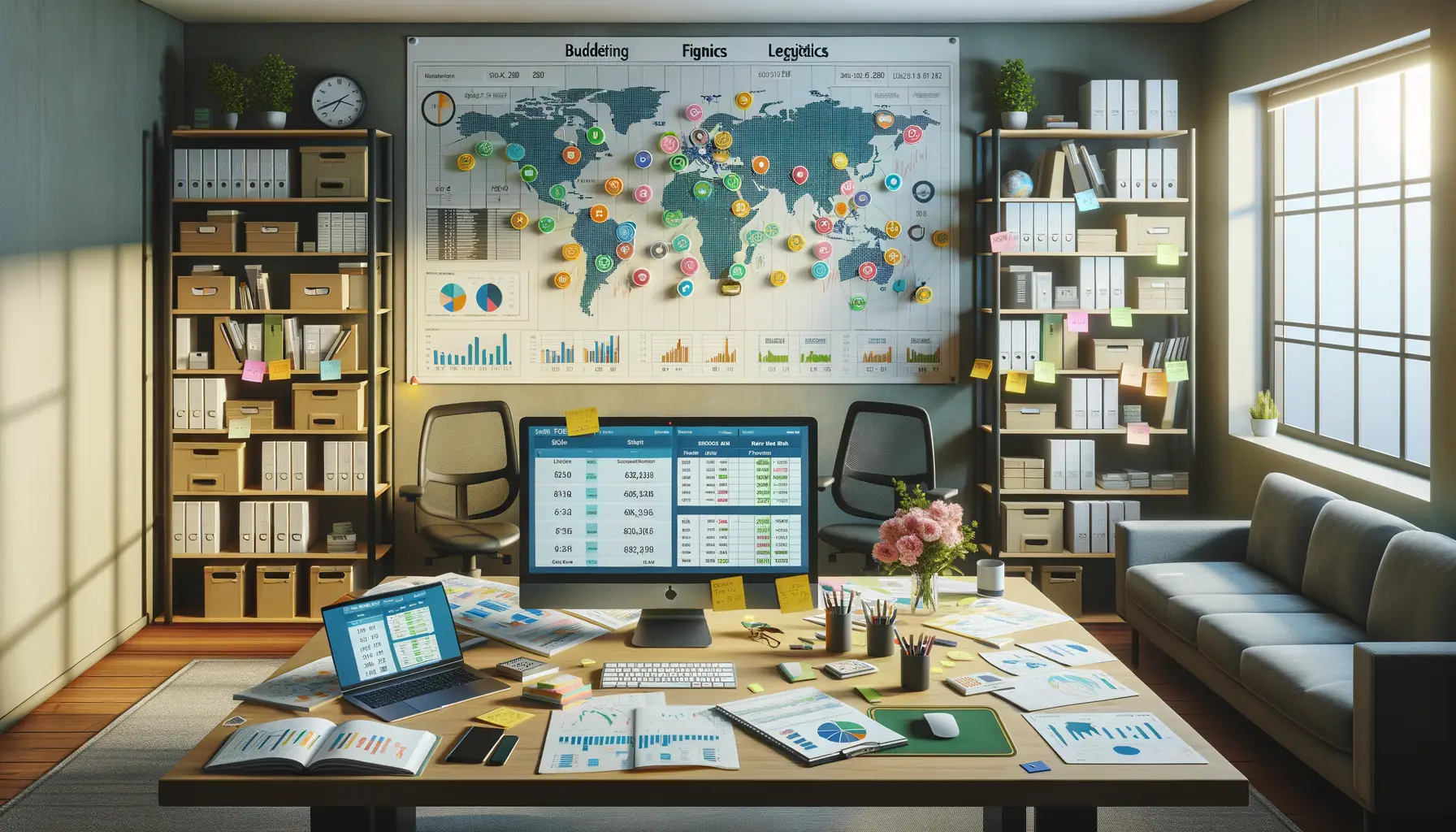
Cracking the Numbers Without Killing the Vibe
Planning a music concert is an art—not just on stage, but behind the scenes. Welcome to the world of budgeting and logistics, where every dollar has a backstage pass to greatness. But let’s face it: juggling costs can feel like conducting an orchestra blindfolded. Let me help you hit the high notes.
First, break your budget into clear categories—because clarity means fewer headaches later:
- Venue and Tent Expenses: Are you renting? Buying? Customizing for that edgy trapezoid shape no one saw coming?
- Stage and Equipment: Not just “what looks cool,” but what’ll survive both your headliner and the weather.
- Essential Crew: From lighting gurus to sound magicians, talent doesn’t come cheap—but it’s priceless.
- Extras: Permits, insurance… yes, the “boring stuff” still claims its share.
Logistics That Don’t Make You Lose Your Hair
Picture this: delivery trucks idling behind schedule, cables tangled in tech chaos, and your tent missing three poles. No thank you, right? That’s why logistics planning isn’t optional—it’s survival. Create a timeline, including when each piece of gear arrives and who signs off on it. Quick tip? Always have a buffer for delays.
Even if you swear by memory, trust me: spreadsheets and checklists are your lifeline. You’ll sleep easier when your everything-is-chaos plan is organized to the minute.



